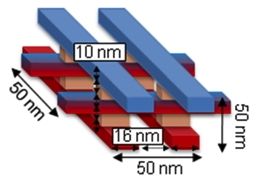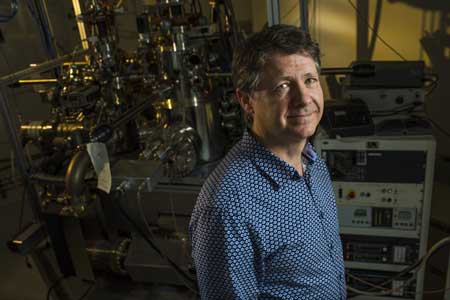Oct 31, 2016
A Tiny Machine: UCSB electrical and computer engineers design an infinitesimal computing device
Posted by Carse Peel in categories: computing, engineering, nanotechnology, particle physics
Abstract: In 1959 renowned physicist Richard Feynman, in his talk “Plenty of Room at the Bottom,” spoke of a future in which tiny machines could perform huge feats. Like many forward-looking concepts, his molecule and atom-sized world remained for years in the realm of science fiction.
And then, scientists and other creative thinkers began to realize Feynman’s nanotechnological visions.
In the spirit of Feynman’s insight, and in response to the challenges he issued as a way to inspire scientific and engineering creativity, electrical and computer engineers at UC Santa Barbara have developed a design for a functional nanoscale computing device. The concept involves a dense, three-dimensional circuit operating on an unconventional type of logic that could, theoretically, be packed into a block no bigger than 50 nanometers on any side.

















